Cytoskeletal Structure
Cytoskeletal structures are fibrous or fine tubular structures that consists of supportive structure of cell. The term cytoskeletal is coined by Koltzoff in 1928.
Definition - The protein made, rigid, tubular and filamentous or fibrilar structures that forms the frame work of cytoplasm, give a shape to the cell and help in cellular motions are collectively called cytoskeleton or skeleton of the cells.
Functions of cytoskeleton structure- give shape and form the frame work of the cell.
Types of cytoskeletal structure - Cytoskeletal structures are of three types. These are called-
1. Microtubules – Microtubules are protein made, fine, long, hollow but rigid, unbranched tubular structures present in the cytoplasm of the cells.
Microtubules were discovered by De Robertis and Franchi in 1953 in nerve axon and name as neurotubules. This term was coined by Slautterback in 1963. This are unbranched tubules of indefinite length. Thickness of the Microtubules are 25 nm and the diameter of the core are 15 nm where boundary is formed of 13 helically arranged protofilaments of alpha and beta tubulins. Lateral projections are developed by establishing cross linkage. Microtubules grow from nucleating region. Tips of the Microtubules are can grow and shorten quickly. GTP, Calcium ion, magnesium ion, calmodulin protein are required for assembly. These are the basic structure for the formation of spindle apparatus, Centrioles, basal bodies, cilia, flagella. They are also present in other cellular structures like sensory hairs, nerve processes ,sperm tail etc. Main function of the Microtubules are to provide shape to the cell, polarity to cells. It is absent in prokaryote, amoeba, slime moulds. Only exceptional is Anabena which is a prokaryote. Help in the formation of cilia, flagella and their movement. They also form spindles during cell division and help in the migration of daughter chromosome towards pole.
2. Microfilaments – Microfilaments are protein made fine filamentous cytoskeleton structures that are not tubular by solid.
Paleviz et al in 1974 discovered microfilaments. This are double helical cylindrical rods and filaments of actin. It is occurred in both muscular and nonmuscular cell. Microfilaments have an indefinite length and diameter is 5 to 6 nm. These can be occur in sheets, hexagonal bundles and three dimensional microtrabecular lattice, take part in cytoplasmic streaming, sol-gel changes by the formation of breakage of cross linkage, membrane dulations, microvilli, cleavage, amoeboid movements, muscle movements etc.
3. Intermediate Filaments - In addition to the microtubules and microfilaments, the cytoskeleton of many cells contain some filaments having a mean thicknesses of 10 mm. These are called intermediate filaments because their diameter is in between the microtubules and microfilaments.
Intermediate fillaments are solid, unbranched protein fibrils of about 100 anstrom thickness which are noncontractile. Intermediate fibres can be divided into four types. This are keratin fibres (epidermal cells of skin and desmosome of epithelial cell), neurofibrils (axon, dendrite and perikarya of neurones), glial fillaments (present in the astrocyte type of glial cells of brain), heterogeneous fillaments (desmin fillaments, vimentin fillaments, synemin fillaments). Heterogeneous filaments are found in muscle cells and in many other cells.
From Cytoskeletal Structure to HOME PAGE
Recent Articles
-
What Is Plasma? | Blood Plasma | Proteins | Nutrients | Cholesterol
Nov 07, 25 10:29 AM
Blood is a mobile fluid which is a connective tissue and is derived from the mesoderm like cell any other connective tissue. Colour of blood is reddish and that flows inside the blood vessels by means… -
Disorders of Respiratory System | Tuberculosis | Pleurisy | Emphysema
Oct 28, 25 11:39 PM
Tuberculosis is very common disease and is caused by a type of bacteria called Mycobacterium tuberculosis. This disease causes different trouble in the respiration and infection of several parts of th… -
Regulation of Respiration | Respiratory Centres | Inspiratory Area |
Oct 14, 25 12:13 AM
Respiratory Centre is the area that controls the rate of respiration and it is observed to be located in medulla oblongata and pons. Respiratory Centre has the following will dispersed components like… -
Explain Transport of Gases | External Respiration | Tissue Respiration
Oct 09, 25 11:35 PM
In humans gaseous exchange is completed in the following ways the steps are - External Respiration or Breathing - Breathing in false taking in of Oxygen and giving out of carbon dioxide in the body. M… -
Kind and Number of Teeth | Location of Teeth in Mouth | Care of Teeth
Sep 11, 25 12:52 AM
Kind and Number of Teeth
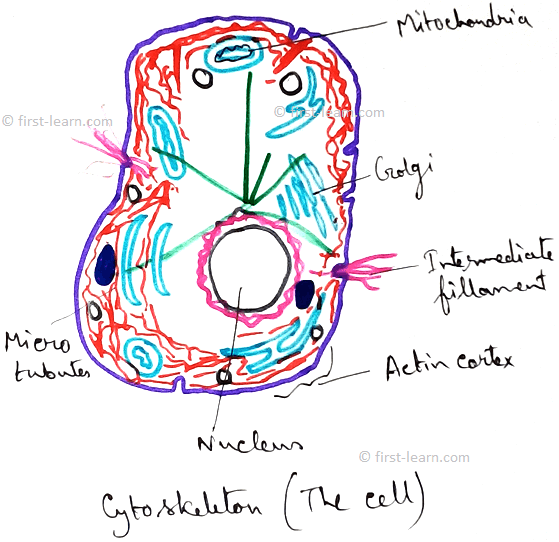
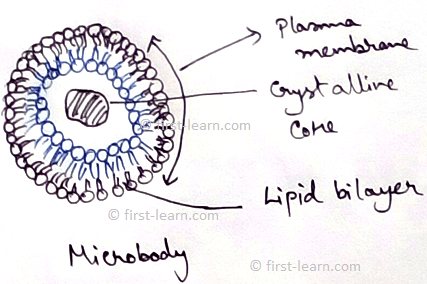
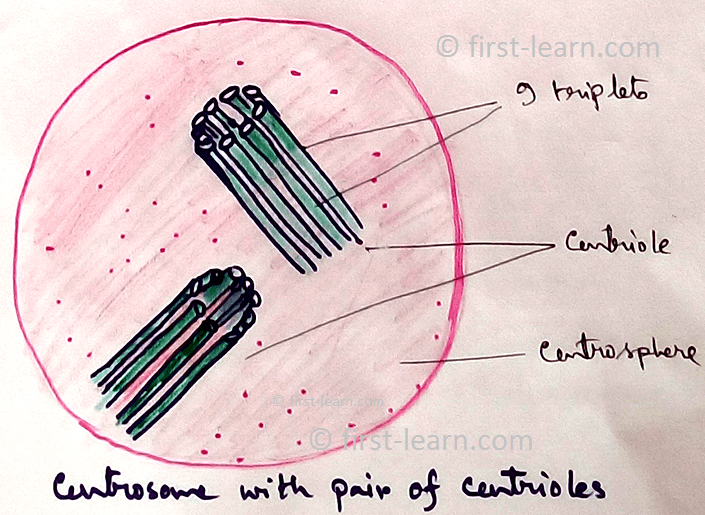
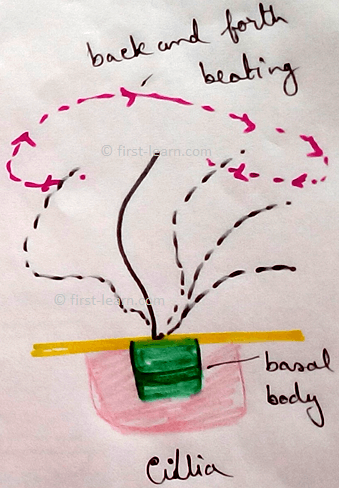
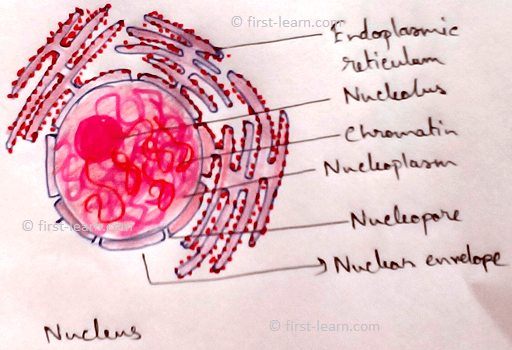
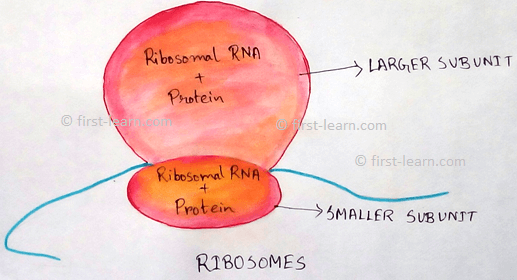
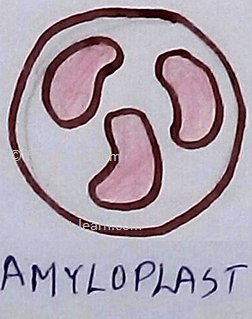

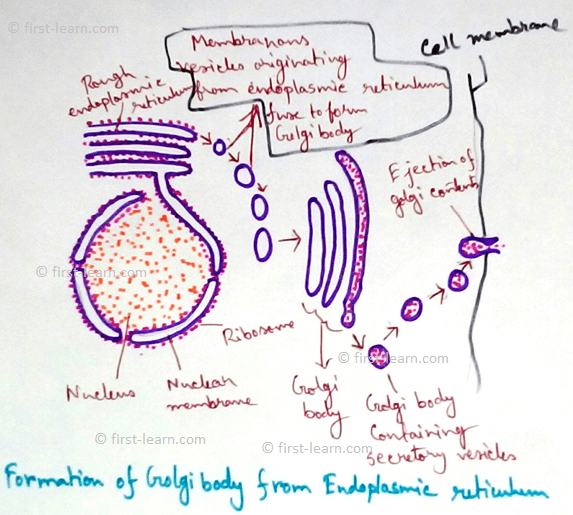
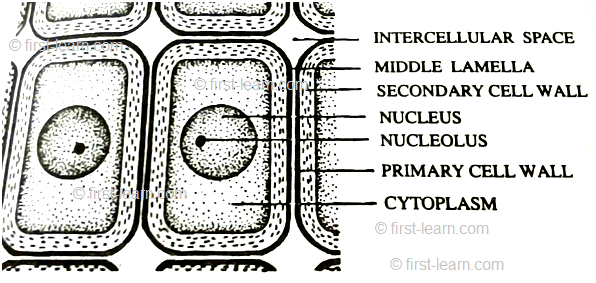





New! Comments
Have your say about what you just read! Leave me a comment in the box below.